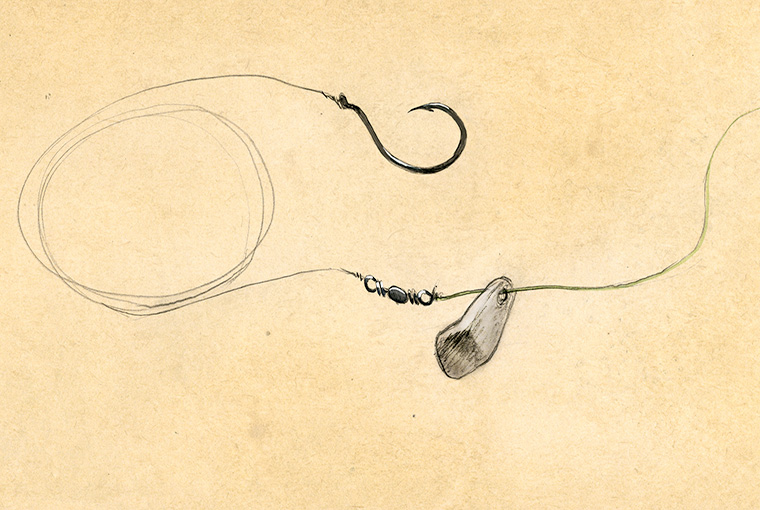
Any walleye angler worth their salt knows the fondness these fish have for the bottom. Sure, sometimes walleye chase suspended baitfish, but for the most part, they’re denizens of lake and riverbeds.
Here’s a refresher on three bottom-dragging sinker combinations guaranteed to bring more ‘eyes topside.
1. Walking sinker rig
You would have been hard-pressed to find me searching for walleye without a walking sinker set-up (also known as a Lindy rig) in my formative angling years. Whether trolling or drifting, this versatile rig is a skeleton key for lock-jawed walleye. I’ve used it to catch fish on flats, humps, sandbars, points, and weedlines.
When drifting a walking sinker rig, hold the line with your index finger and keep the bail open. This makes it easy to let out line at the first indication of a nibble. Wait a couple seconds to let a fish get a mouthful, then reel and sweep the rod to set the hook.

2. Bottom bouncer
On craggy, rocky bottoms, it’s tough to beat a bottom bouncer for keeping a presentation in the strike zone with minimal snags. Bouncers go hand-in-hand with worm harnesses and Slow-Death rigs, two potent summertime offerings.
A rule of thumb when choosing a weight is one ounce for every 10 feet of water (so two ounces for 20 feet, for example). Don’t hesitate, however, to go heavier to improve control and ensure the main line stays within a 90-to-45-degree angle. Long-lining bouncers can result in more snags.
Bottom bouncing is advantageous because metal wire sends vibrations up the line, acting like an information probe. This reveals bottom composition. Dragging a bouncer helps locate bottom transitions where walleye congregate. Even when using the latest sonar technology to find rock strips, boulders, and other isolated structures on mud and sand flats, a bouncer’s vibrations lets you know exactly when the presentation is travelling through prime territory.

3. Three-way rig
I like the three-way rig for trolling stick-baits and spoons near bottom. It shines at catching walleye holding tight to specific spots in rivers. Once the sinker is on bottom, the boat can be moved slowly forward, or from side to side, to dance the bait through a pod of fish. As the current gives the lure plenty of action, a three-way rig lets an angler methodically dissect a spot. A bottom bouncer can be used similarly, but a three-way lets you customize dropper length to fine-tune how high off bottom a bait runs.
Don’t hesitate to deploy walking sinker rigs, bottom bouncers, and three-way rigs this season. Whether pulling live-bait or a lure, these set-ups keep the offering near bottom and in the strike zone of walleye, catching fish from opening day to ice-up.
Dragging versus bouncing
Bottom contact duration is an important consideration with these set-ups. Sometimes, fish respond best when a rig’s weight drags constantly along bottom. In other instances, walleye prefer a weight hopped along bottom, which gives a presentation more of a vertical swim. Experiment with dragging and hopping to learn what walleye want on the given day.
Originally published in Ontario OUT of DOORS’ 2022 Fishing Annual.

Tim Allard is a full-time freelance journalist and photographer based in Ottawa. He’s the author of the multi-award winning book Ice-Fishing – The Ultimate Guide. Reach Tim at: [email protected]


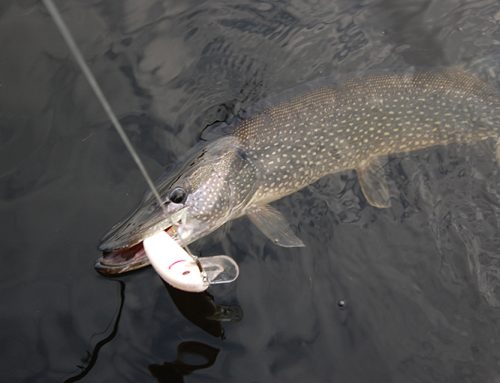
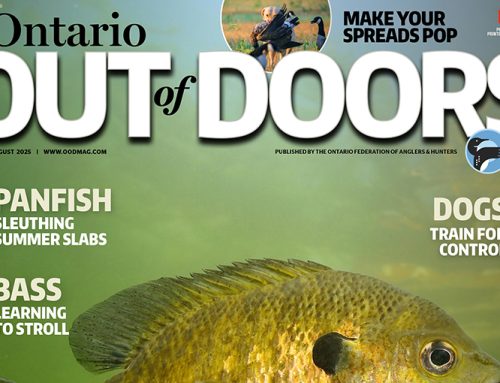
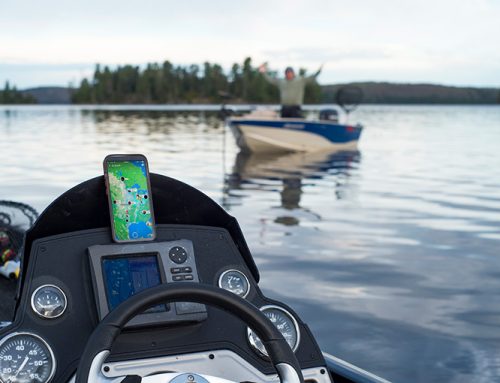
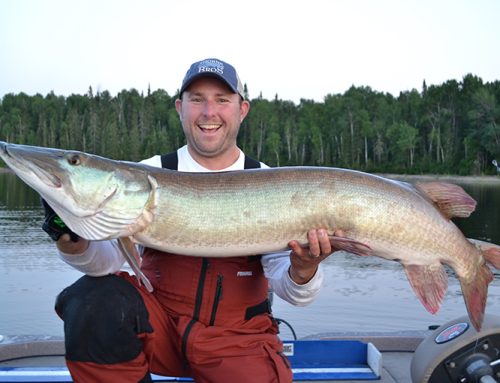
Leave A Comment